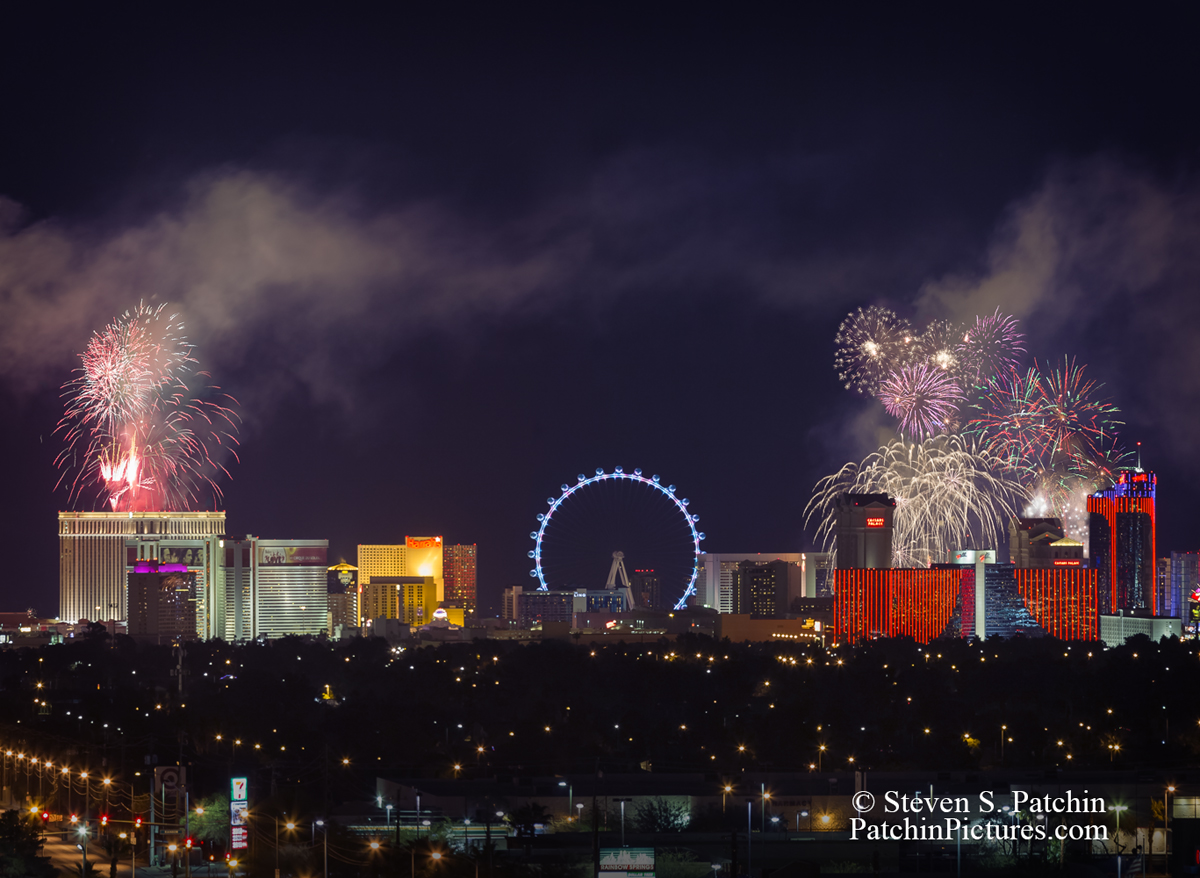Are we losing our ability to discern good from bad? What’s the difference between junk snapshots and artistic photography? As we browse through social media sites, endless photo sharing sites, and other online newsfeeds, we see hundreds, maybe thousands of pictures daily. The ubiquitous nature of photography diminishes the value and uniqueness of good photographs. We see constant streams of thumbnail images representing simple documentation of situations, snapshots of important events, pretty vistas, and detailed compositions of carefully timed moments.
How can we distinguish one from another? When we see an over-saturated, sloppy composite of an artificial sky above a colorful tourist destination, we accept it as reality. Bright colors = pretty. Isn’t that beautiful? The picture is always too small to examine closely, so the inept lack of digital artistry is hidden in a low resolution lie. Really, we just don’t think about it. We accept pictures as truth because they exist and say they’re pretty because we like the subject or the colors. No picture is held out as special. Maybe that’s one reason why Andreas Gursky’s Rhein II photograph sold for $4.3 million: it stands apart by being average in the extreme. (See my blog $4.3 Million for a Photograph?)
So Bad It’s Good?
So if you see a thumbnail image or a Facebook picture on your phone, how can you tell whether or not the picture is good? If social media sites are the only places we view pictures, the good and the bad all blend together. Even worse, the bad actually looks good because it’s so small and just becomes a pattern of pretty colors. If a picture deserves further viewing, we’ll never know because we just can’t tell the difference. All these pictures may as well have been taken with phone cameras and edited with a one button filter app. Lost among the clutter are great works of art created with precision by digital photographic artists who produce unique images that have a big impact when seen in person.
Is it Really Worth the Trouble?
Here’s an example to illustrate a process that is the opposite of a phone snapshot with a sunset filter: for New Year’s Eve in Las Vegas, I decided to photograph the Las Vegas Strip from a distance while the fireworks exploded from the roofs of Strip hotels. I wanted to capture a very high resolution panorama to show the entire Strip with the fine details of the hotels and the fireworks as well. To do this, I had to find a stable, high vantage point with the right view. I climbed the steep stairs on a piece of industrial machinery, set up my tripod, aligned my Swiss-precision panoramic equipment, carefully positioned my camera, and shot some test images to confirm my pre-determined exposure. Even with a stable tripod on a stable platform, with the extreme distance to the subject and the long exposures needed, my first shots were blurry from the slightest shake of the camera. So, I had to stand completely still, practically holding my breath, for each shot.
I needed nine shots overlapping to later digitally “stitch” together and create one large panorama of the whole Strip. So, not only did I need to find the perfect exposure, but I needed to capture the perfect moments of the fireworks exploding, and have enough of those shots from each panorama position so I could stitch together a reasonable representation of the whole show. I had spent hours driving around neighborhoods and checking angles before choosing this exact view and getting permission to shoot from the location. In essence, I had planned this for months and shot test images on multiple occasions. It all came down to seven minutes, during which I had the chance to get the shots I needed. If I did not get good shots of one part of the panorama, there would be no fixing it. I had to do it right.
The fireworks were over so quickly that I was not sure I had what I needed. There was no time to confirm the shots. In the studio, I sorted the dozens of images and found the best of each panorama section. With multiple types of software that took weeks to learn and much longer to perfect, I combined the chosen images and adjusted the look of the entire panorama. This took almost two days. The final result is an eight foot long panorama with such extreme detail that at full resolution, you can read the signs and names on the hotels, and you can also step back to see the whole strip with fireworks and smoke. It’s a unique view of an exciting city at a special moment in time, and I’m very pleased with the result. You can see the virtual tour of the image here, so you can zoom in for detail and zoom out for perspective: Vegas Fireworks Virtual Tour. It’s the best substitute to seeing the print in person. But nothing is better than experiencing the actual print.
But I was Not Alone
While I was shooting my panorama, dozens of people parked their cars nearby, along the street, and pulled out their phones to get shots from a lower perspective. Some shot phone panoramas. And even though their pictures were not shot from an ideal vantage point, and were not recorded in high resolution, nor were they perfectly stable, they still existed. They were certainly shared on social media sites. If their photos show up alongside mine as a thumbnail on a four inch screen, at a glance, they will look similar. I guess I could have shot mine with my phone.
Unless you see the panorama in the virtual tour or you see it in person at our studio, you might never know the difference. For those who want to look more carefully, outstanding photographers are out there creating great photographs, and you might need to make an effort to find them. I spend many hours every week searching through photography websites to find outstanding images. Sometimes, after viewing hundreds, even thousands of pictures, I find one or two that make the search worthwhile. It has given me the eyes to see the difference between the good and the bad very quickly, even in little thumbnails. It is sad to me that fewer and fewer people seem to see the difference. I’d like to hear your comments. Please post below.


I can always tell one of your pictures. Colors are true, edges are sharp, and resolution is high. And there is enough difference that it can be noticed on the small pictures that we see on Facebook. However, sometimes we don’t pay attention to that. Sometimes we only look a the content and enjoy it. Yours always is fascinating, interesting, and eye catching. But other times we don’t care. We are enthralled with the picture of new babies, and cute puppies. The subject matter rules over the quality. So I suppose there is a place for both in the world. A place to just enjoy the subject of the pictures and a place to enjoy the subject along with the quality. Both are appreciated.
Gloria, you are very right. There is room for both. Most pictures are used for information rather than “art.” We all look at subjects that interest us, and there’s nothing wrong with that. Using pictures that way is fun and efficient, and the quality of the pictures in these cases really doesn’t matter at all. As you said, we just don’t care. My point in the blog is more about saying a picture is great simply because you like the subject. A great subject does not necessarily make a great photograph. This applies to movies, too. It’s just part of an on-going discussion I have with many friends and associates. It’s a subtle thing, and I’m hoping to plant that subtlety in people’s heads. But I know most people don’t care one way or another. I do, however.